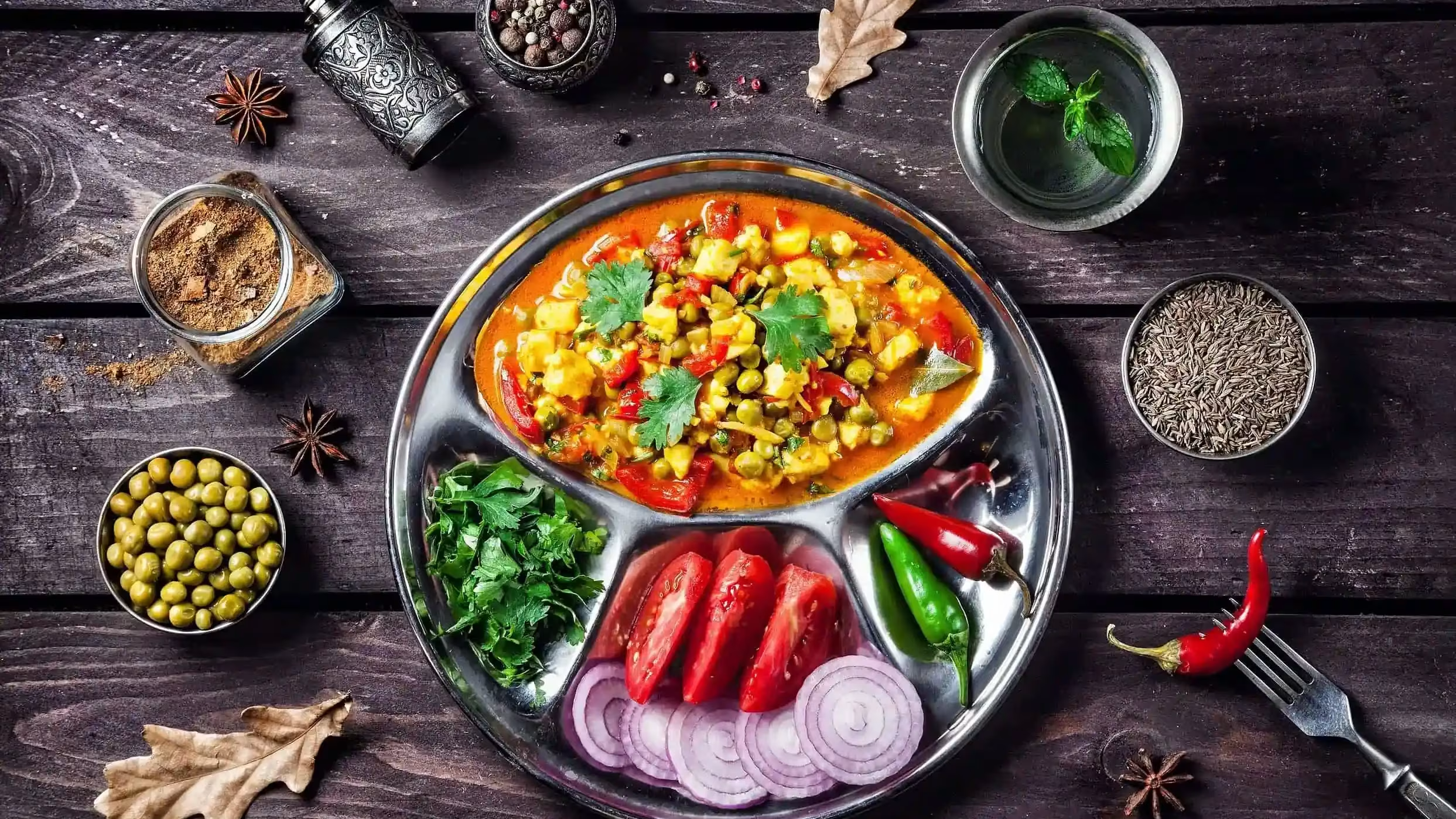
Delicious & Nourishing Sattvic Diet Recipes for a Balanced Lifestyle
Written by Jessica Lopez
Published at 10-12-2022
Edited on 03/24/2025 | 07:13 AM
Vegetarian RecipesCourse: Main Course
Cuisine: Indian
Difficulty: Easy
Servings
4 servings
Prep Time
20 minutes
Cooking Time
30 minutes
Total Time
50 minutes
Fat
10g
Protein
12g
Carbs
45g
Calories
350 kcal
Welcome to the world of Sattvic diet recipes, where nourishment meets spirituality! The Sattvic diet, rooted in ancient Ayurvedic principles, emphasizes pure, wholesome foods that promote mental clarity, emotional stability, and physical health. Ideal for those seeking a balanced lifestyle, this diet consists of fresh fruits, vegetables, whole grains, nuts, and seeds, all carefully selected to enhance your wellbeing. Unlike other diets that may focus solely on weight loss, the Sattvic diet nurtures your body and soul, making it an excellent choice for anyone looking to elevate their overall health. Incorporating Sattvic foods into your meals not only helps to detoxify your body but also encourages a peaceful state of mind.
The benefits extend beyond the plate; a Sattvic lifestyle fosters compassion, mindfulness, and a deeper connection to oneself and the universe. Whether you're a seasoned vegetarian or simply looking to incorporate more plant-based meals into your diet, Sattvic recipes are a delightful way to explore new flavors and ingredients. In this blog, we’ll share a variety of Sattvic diet recipes that are easy to prepare and bursting with taste. From nourishing soups to vibrant salads and delightful desserts, each recipe is designed to support your journey towards a healthier, more vibrant life.
Get ready to discover the joy of cooking with pure ingredients that not only tantalize your taste buds but also uplift your spirit. Let’s dive into the kitchen and explore the wonderful world of Sattvic cooking together!.


